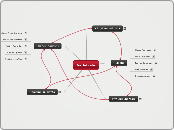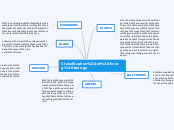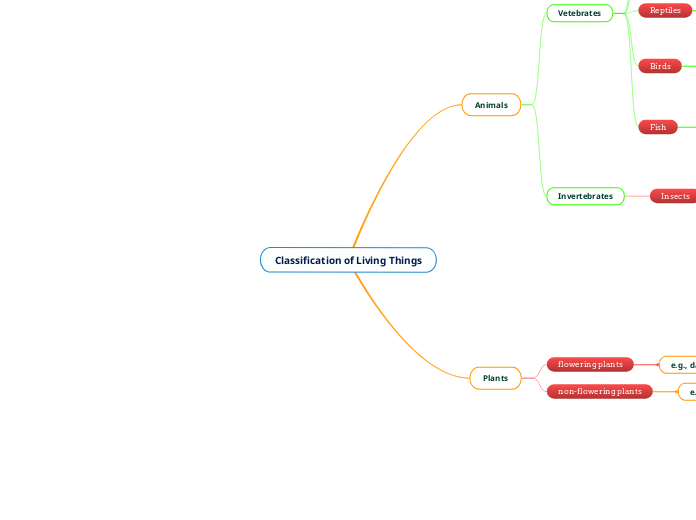Vertebrate
Domain: Eukaryota
All members of the domain Eurayota have eukaryotic cells.
Sharks (dogfish)
Species: acanthias
Two dorsal fins with ungrooved large spines, first dorsal spine origin behind pectoral rear tips, white spots on gray sides, oblique-cusped cutting teeth in both jaws, no subterminal notch on caudal fin, no anal fin, and upper precaudal pit and lateral keels on caudal peduncle.
Genus: Squalus
Short to rather long snout, short anterior nasal flaps, low, bladelike cutting teeth in both jaws, no anal fin, stout, ungrooved fin spines on both dorsal fins, caudal peduncle with lateral keels and usually a precaudal pit, caudal fin without a subterminal notch.
Family: Squalidae
Both dorsal fins with spines; no anal fin.
Order: Squaliformes
Two dorsal fins, with or without spines; anal fin absent; five gill slits; spiracles present; nictitating lower eyelid absent. Many species are known from deep water.
Class: Chondrichthyes
These are fishlike vertebrates with well-developed fins and teeth, and teeth, and with two pairs of fins, one of them supported by the pectoral girdle, the other by the pelvic girdle.
Phylum: Chordata
They all have backbones.
Humans
Species: sapiens
Flat face, walks upright. evolved from the apes, namely homo erectus, homo habilis, Australopithecus. The only remaining species of hominid. develops tools. opposable thumbs, no tail, hair mainly on head, 20 digits, only known species with a fluent capacity for art.
Genus: Homo
It is the modern humans and their close relatives
Family: Hominidae
Hominids are the largest primates and have developed forearms, but their legs are longer than their arms. Also unique to this family inside the order Primates is that hominids lack a tail, and only the orangutan actually lives in trees. However, all of the species in this family other than humans are very good tree climbers. Hominids also have a unique structure of their teeth, with canines that have not developed into tusks and broad incisors.
Order: Primates
They have digital dexterity, nails, pads, thumb opposable.They have a relatively large cerebral cortex, exchange of optical for olfactory center. They have a shortened muzzle, eyes forward for stereo vision. They have a slow reproductive rate, long life span. They are an omnivory/herbivory. They have a complex mating and social systems. They have other more complex behaviors such as tool use, learning.
Class: Mammalia
They represent a wide range of shapes, sizes and colors.
They all also have hair.
Kingdom: Animalia
First, animals are "multicellular." Second, all animals are heterotrophs.









